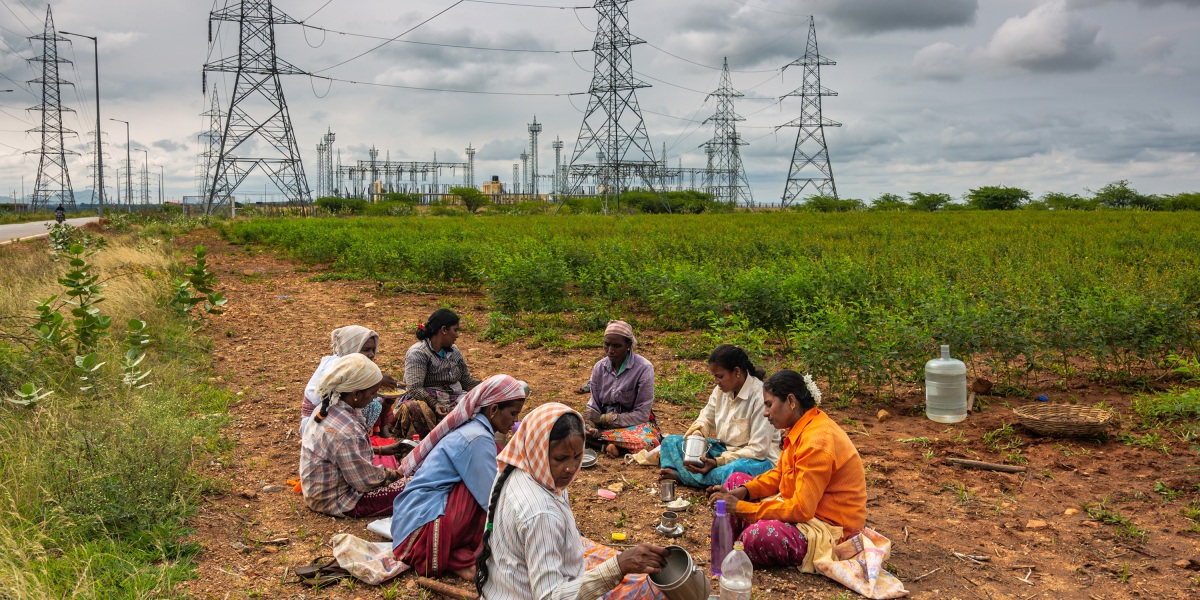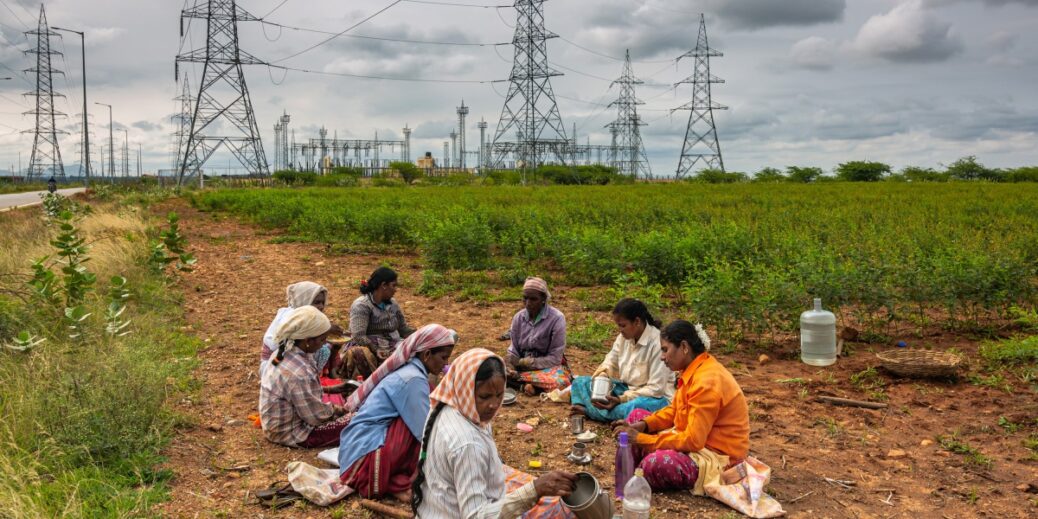
When the historical record is taken into account, India is responsible for less than 5% of cumulative carbon dioxide emissions (the US accounts for 20%, more than any other country). “If one wanted to apportion fair carbon budgets, India would be viewed as a true hero,” says Rahul Tongia, a senior fellow at the Center for Social and Economic Progress in New Delhi.
Regardless, Modi’s announcement was a pleasant surprise to some researchers, says Ulka Kelkar, an economist and climate director of the World Resources Institute India. The goals are “clear upgrades” from previous targets, she says, and few expected a net-zero pledge from India at this year’s conference.
The target was “diplomatically necessary,” says Navroz Dubash, a professor at the Center for Policy Research in New Delhi. But he sees it mostly as a “box to be checked,” since all the top 10 emitters aside from Iran, and most other major economies, have made net-zero pledges of their own.
What could be more consequential, he argues, are the interim goals Modi outlined. In his speech, Modi pledged that by 2030 India would have 500 gigawatts of electricity capacity from carbon-free sources (including nuclear) and get 50% of its “energy requirements” from renewable sources. And he committed to reducing India’s total emissions by 1 billion metric tons and its carbon intensity (which compares emissions generated with electricity produced) by 45%, also by 2030.
The Indian government later clarified that the 50% target is for electricity capacity. This means it won’t include, for example, most energy used in hard-to-decarbonize sectors like transportation. It’s also about capacity, not generation. And there will likely be fewer limitations on coal than some researchers had initially thought, Dubash explains.





Recent Comments